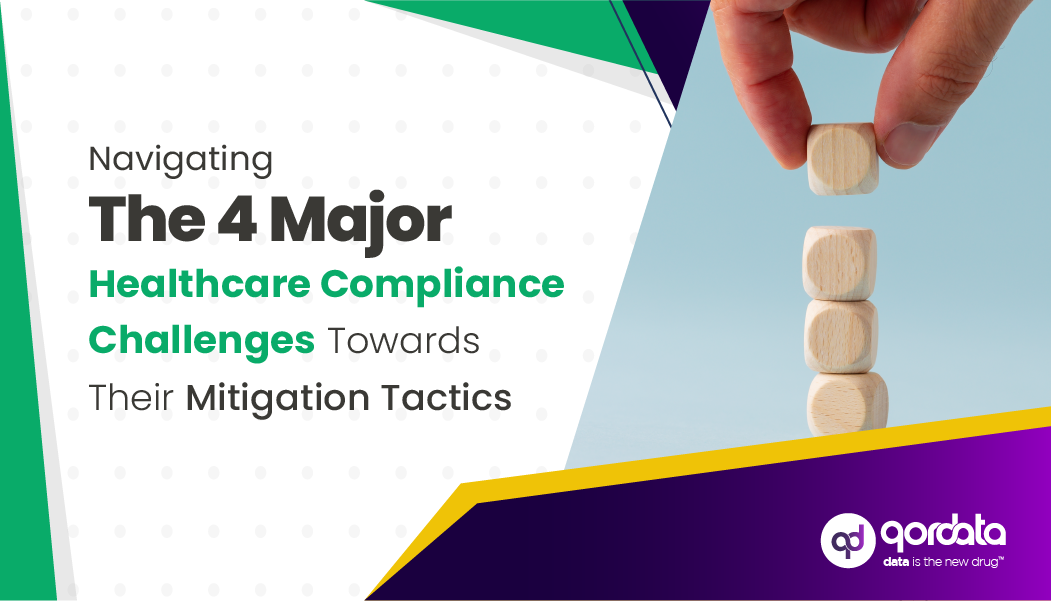Table of Contents
ToggleGovernment agencies are increasingly using publicly available data sets in support of their allegations against pharmaceutical and device manufacturing companies. A recent example is the government’s allegation of kickbacks against Insys Therapeutics, Inc. and their use of both Open payments and Medicare Part D data.
Managing the Risk of Open Payments Data
CMS published the 2015 Open Payments data along with newly submitted and updated payment records for the 2013 and 2014 reporting periods on June 30th, 2016. The CMS Open Payments database offers tremendous insights into physician and industry interactions.
In 2015, manufacturers reported $7.52 billion in payments and ownership and investment interests to physicians and teaching hospitals. This amount encompasses 11.9 million records attributable to 618,931 physicians and 1,116 teaching hospitals. All of this data is in the public domain. The penalties for what is reported may be much more significant if the government views a company’s payments to physicians as kickbacks intended to induce the use of the company’s product. There are two critical implications of open payment data transparency for pharmaceutical companies now who are reporting spend year over year:
-
Kickbacks
-
False Claims
-
Off label promotion
Insys Therapeutics, Inc. Kickback Scheme Case
Government enforcers, private plaintiffs, and even investigative reporters are mining this data to make the case that certain payments to physicians are nothing more than kickbacks. One company in particular – Insys Therapeutics, Inc. – has already witnessed the mining of its Open Payments data firsthand.
The CMS Open Payments database shows that, during the last five months of 2013, Insys made over $2.7 million in general payments to physicians and teaching hospitals.
According to the Complaint, Insys’ then-CEO noted during an earnings call that a small number of physicians write a large percentage of prescriptions for opioid drugs and that Insys “appeared to have targeted these doctors and rewarded them generously for writing Subsys prescriptions.” The class action plaintiffs used Insys’ own Open Payments data against the company to make the case that the payments essentially were kickbacks to induce prescriptions. Insys agreed to settle the lawsuit for $6.1 million in 2015.
Drilling down further into The data shows that the $204,000 that Insys spent on Dr. Freedman in 2013 and 2014 constituted almost 97 percent of all payments reported to Dr. Freedman in the CMS database. The next closest company spent only $3,871 on Dr. Freedman during the first two reporting periods.
In the case of Insys, back in 2013, Dr. Freedman was the 15th highest writer of subscription reimbursed through Part D. The article charts other physicians receiving payments from Insys and, where available, shows the rank of these physicians by the dollar value of Subsys prescriptions reimbursed by Medicare Part D.
The Insys case study clearly demonstrates that the mining of CMS Open Payments data can prove tremendously useful in supporting allegations that payments to physicians are kickbacks to induce the writing of prescriptions. Continued mining of this data may demonstrate that the penalties for what is being reported under the Sunshine Act are much more significant than any statutory penalties for failing to report or reporting inaccurately.
Tying Open Payments Physician Data to Medicare Part D Data
With the Medicare Part D data now part of Open Payment Data, now there’s more proof which doctor company cash tends to prescribe more brand products. According to ProPublica, they have analyzed the prescribing patterns of doctors who wrote at least 1,000 prescriptions in Medicare’s drug program, known as Part D. Across five common specialties, as doctors received more money, they tended to prescribe a higher percentage of brand-name drugs.
There is a “correlation equals causation” argument between payments made to physicians and their prescribing patterns. With this new data, a host of interested parties, including reporters, healthcare enforcement agencies, qui tam whistleblowers, and many others, will utilize the newly available healthcare data to spot prescribing and cost trends.
Given the wealth of newly available data, physicians, hospitals, and other healthcare providers, as well as pharmaceutical and medical device manufacturers, may consider analyzing the data themselves to assess risks and be proactive.
Analytics as a Tool in Ongoing Compliance Efforts
A proactive approach to compliance requires compliance teams to utilize sophisticated data and analytic tool sets to uncover potential compliance risks and take prompt action. This will help save them against investigations and possible defamation in the long run.



